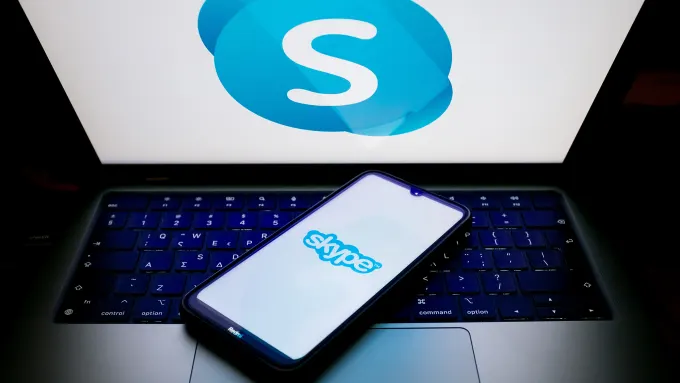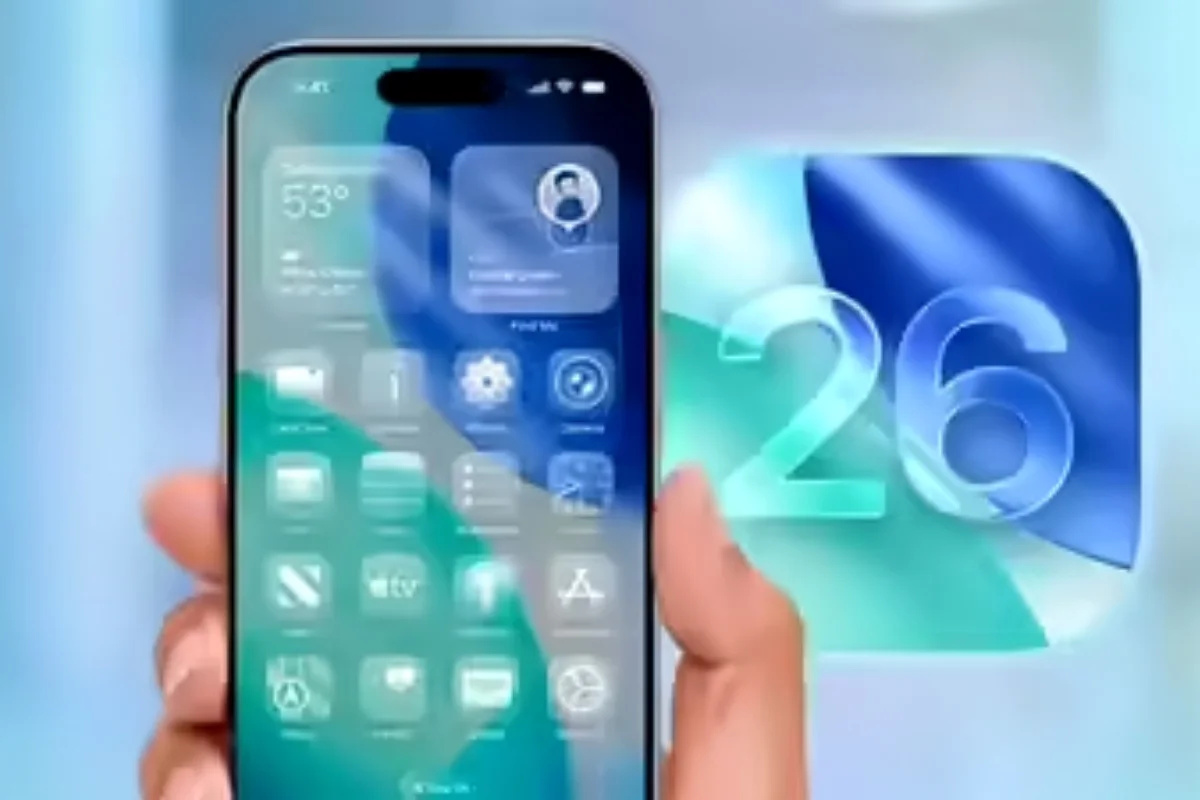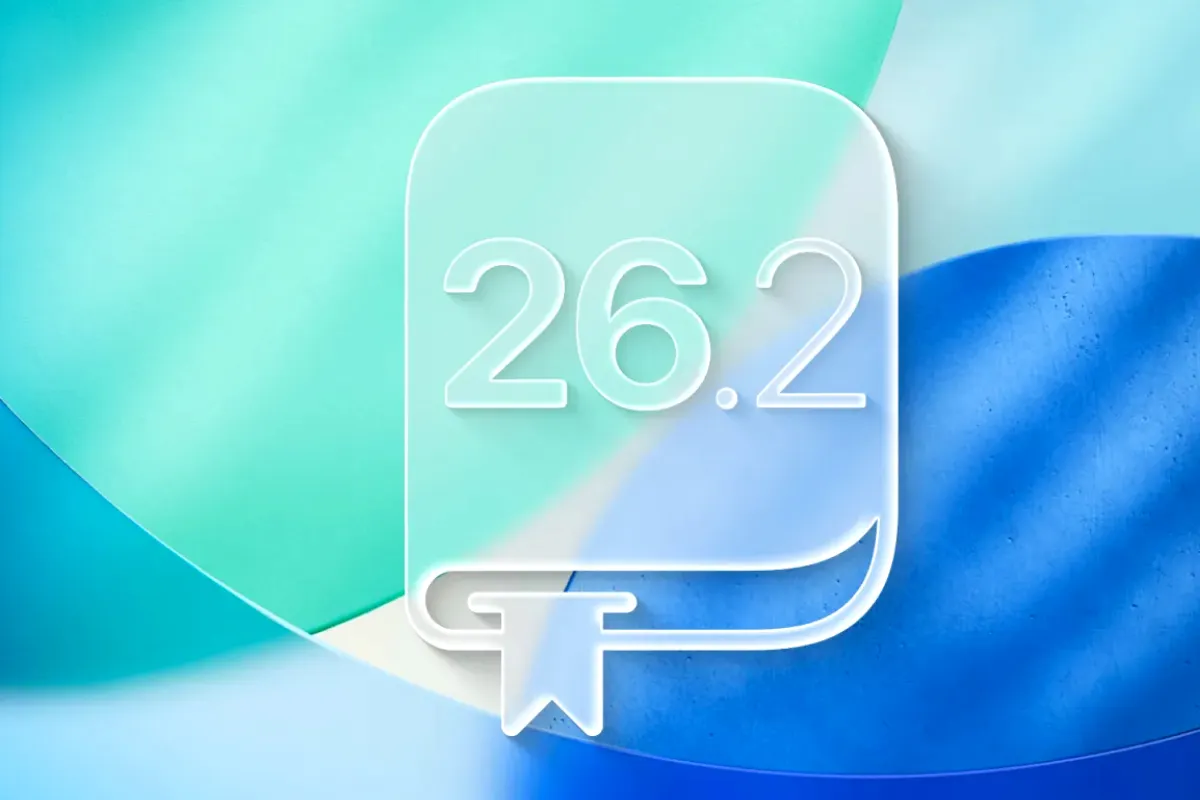Why Microsoft shut down Skype?

Why Microsoft shut down Skype?
Microsoft has declared the impending cessation of Skype, the once-revolutionary video-calling platform that reshaped digital communication and amassed a vast global user base. By May, the service that once stood at the forefront of internet-based conversations will be retired.
Skype pioneered the concept of seamless, cost-free voice and video calls across continents, cementing its place as a household name. Though it was not the first of its kind, its influence in normalizing internet calling was undeniable.
Announcing the transition via a post on X, Skype urged its users to migrate to Microsoft Teams, where their existing contacts and conversations can persist without disruption. However, Microsoft remained tight-lipped when approached by BBC News for further comment. Originally launched in 2003, Skype was acquired by Microsoft in 2011 for a staggering $8.5 billion—then its largest corporate acquisition. Over the years, the service was integrated into Microsoft’s broader ecosystem, appearing across Xbox consoles and Windows devices. Tech visionary Om Malik once hailed Skype as a pillar of modern internet applications, particularly following a critical global outage in 2010 that underscored its widespread reliance.
In the wake of Skype’s impending demise, longtime users have taken to social media to reminisce about its profound impact. For many, the platform was an indispensable bridge to distant loved ones in an era before the ubiquity of smartphones and instant messaging apps.
One user on X likened the announcement to “losing a piece of adolescence,” while another shared how Skype was instrumental in sustaining a long-distance relationship across the Atlantic. Digital marketing specialist Anna Simpson fondly recalled using Skype nearly two decades ago to see her grandparents in France, describing the experience as nothing short of “technological wizardry.”
When Microsoft took ownership of Skype, the application had already surpassed a billion downloads and commanded a vast and engaged user base. At the time, then-CEO Steve Ballmer envisioned it as the gold standard for real-time communication.
However, as competitors like WhatsApp and Facebook Messenger surged in popularity, Skype’s dominance began to wane. A controversial redesign in 2017—borrowing elements from Snapchat—was met with widespread user dissatisfaction. Tech journalist Rachel Kaser lambasted the revamp, describing it as an attempt to “repair what was never broken.”
By 2021, whispers of Skype’s decline grew louder when Microsoft embedded Teams directly into Windows 11, omitting Skype from its default suite for the first time in years. The COVID-19 pandemic further accelerated Teams’ expansion, as the global workforce increasingly relied on virtual meetings and remote collaboration.
Now, with Skype’s fate sealed, Microsoft is steering its remaining users toward Teams, which offers an array of advanced functionalities, including meeting hosting, calendar management, and community engagement features.
For those still using Skype, Microsoft has provided an option to export chat logs, contacts, and call histories before the final shutdown. Users with active paid subscriptions will retain access until their billing cycle concludes.
Catch all the Technology News, Breaking News Event and Trending News Updates on GTV News
Join Our Whatsapp Channel GTV Whatsapp Official Channel to get the Daily News Update & Follow us on Google News.














